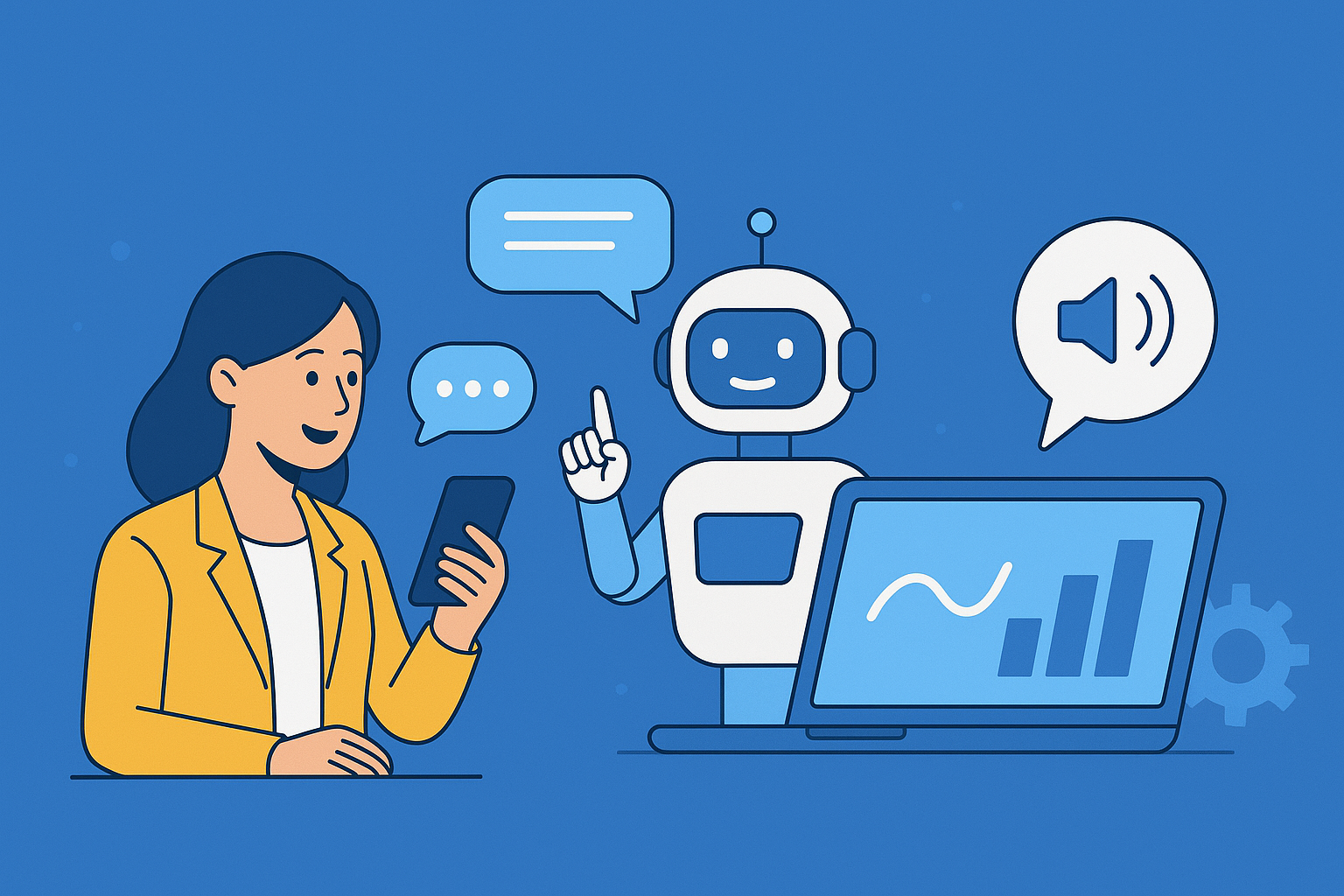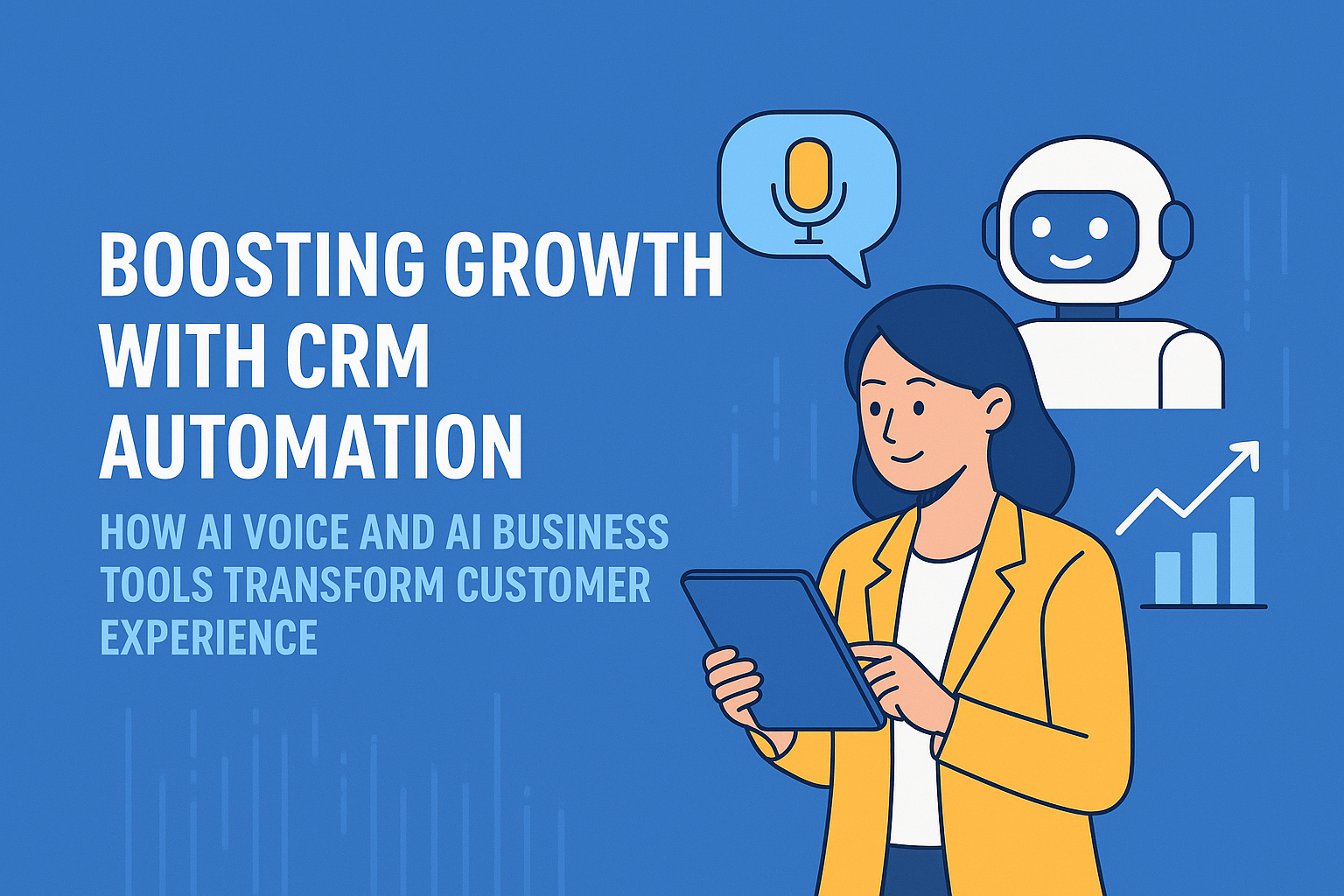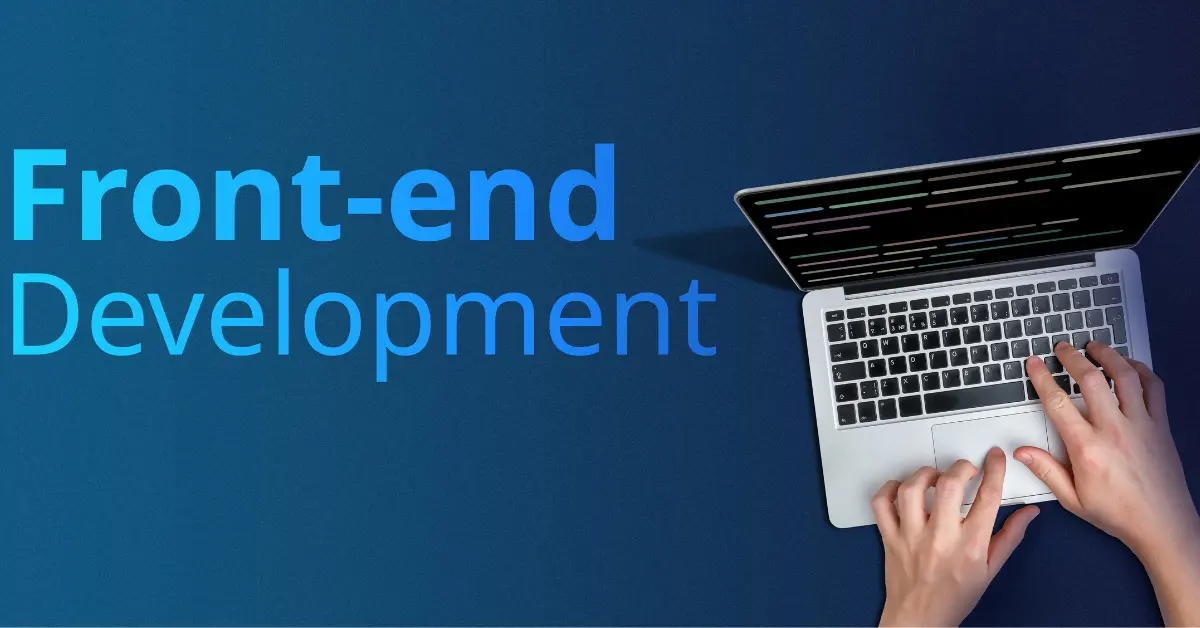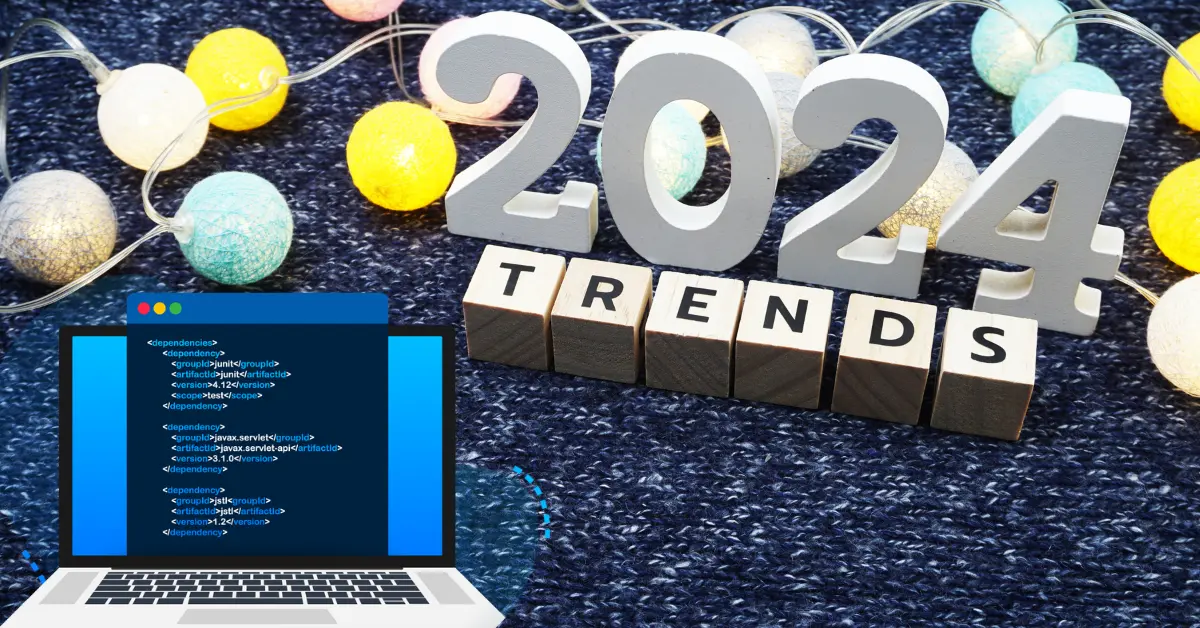Chatbots have become integral to modern businesses, revolutionizing customer service, sales, and marketing. As the demand for chatbots continues to soar, choosing the right white-label platform becomes paramount for businesses looking to leverage this technology effectively.
In this article, I’ll guide you through selecting the best chatbot white-label platform in 2024, considering key factors such as features, scalability, security, user experience, pricing, customer support, and more.
As the digital landscape evolves, businesses constantly seek innovative solutions to enhance customer engagement and streamline operations. Chatbots, powered by artificial intelligence (AI) and natural language processing (NLP), offer a scalable and efficient way to interact with customers in real-time.
A chatbot white label platform allows businesses to customize and deploy chatbots under their brand, providing a seamless experience for users.
Key Features to Look for
Customization Options
The best white-label chatbot platforms offer extensive customization options, allowing businesses to tailor the chatbot’s personality, tone, and responses to align with its brand identity.
Natural Language Processing (NLP) Capabilities
Advanced NLP capabilities enable chatbots to understand and respond to user queries more effectively, leading to a more engaging and personalized user experience.
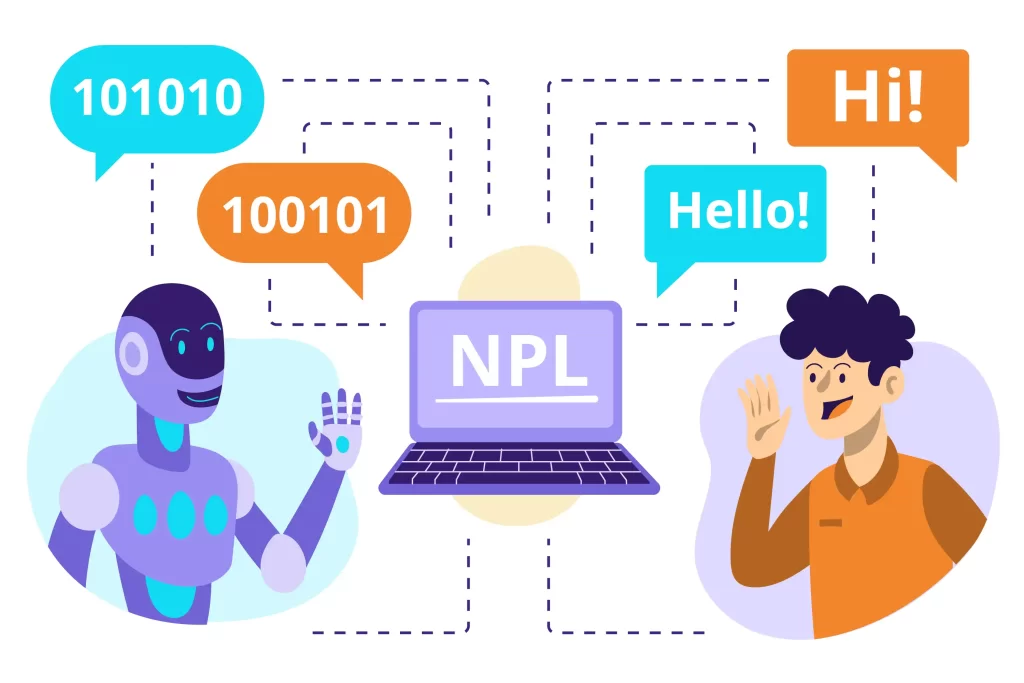
Integration with Other Systems
Seamless integration with existing CRM software, e-commerce platforms, and helpdesk tools ensures smooth data flow and enhances the chatbot’s functionality.
Scalability and Performance
Handling Increased Workloads
A robust chatbot platform should be capable of handling increased workloads during peak times without compromising on performance or response times.
Response Time and Reliability
Minimal response times and high uptime ensure that users receive prompt and accurate assistance, fostering trust and satisfaction.
Security and Compliance
Data Encryption
End-to-end encryption protects sensitive user data and ensures compliance with data privacy regulations such as GDPR and CCPA.
Compliance with Regulations
The platform should adhere to industry-specific regulations and standards to mitigate risks and maintain customer trust.
User Interface and Experience
Intuitive Design
An intuitive and user-friendly interface simplifies interaction, reducing friction and improving user satisfaction.
Multichannel Support
Support for multiple channels, such as web chat, mobile messaging apps, and voice assistants, enhances accessibility and reach.
Analytics and Reporting
Insights into User Interactions
Comprehensive analytics provide valuable insights into user behavior, preferences, and pain points, enabling businesses to optimize their chatbot strategy.
Performance Metrics
Key performance metrics such as conversation completion rates, resolution times, and customer satisfaction scores help businesses track the effectiveness of their chatbot implementation.
Cost and Pricing Model
Subscription Plans
Transparent pricing and flexible subscription plans cater to businesses of all sizes and budgets, ensuring affordability and scalability.
Hidden Costs
Beware of hidden costs such as setup fees, transaction fees, and overage charges, which can inflate the total cost of ownership over time.

Customer Support and Documentation
A dedicated support team that offers timely assistance and resolves issues promptly is essential for a smooth chatbot deployment.
Comprehensive Documentation
Comprehensive documentation, tutorials, and training resources empower businesses to maximize the potential of their chatbot platform and troubleshoot issues independently.
Success Stories
Case studies and testimonials from satisfied customers demonstrate the platform’s effectiveness in real-world scenarios and build credibility.
Client Feedback
Genuine feedback from existing clients provides valuable insights into the platform’s strengths, weaknesses, and overall satisfaction levels.
Comparison with Competitors
Strengths and Weaknesses
A comparative analysis of competing chatbot white-label platforms helps businesses identify each solution’s strengths and weaknesses and make an informed decision.
Future Updates and Roadmap
Commitment to Innovation
Regular updates, feature enhancements, and a clear roadmap showcase the platform’s commitment to innovation and long-term success.
Upcoming Features
Insights into upcoming features and developments enable businesses to anticipate future needs and stay ahead of the curve in an ever-evolving digital landscape.
Conclusion
In conclusion, choosing the best chatbot white-label platform in 2024 requires careful consideration of critical factors such as customization options, scalability, security, user experience, pricing, customer support, and more.
By evaluating these factors against your business requirements and objectives, you can select a platform that meets your current needs and scales and evolves with your business over time.
FAQs
Is a white-label chatbot platform suitable for businesses of all sizes?
Yes, white-label chatbot platforms are designed to cater to businesses of all sizes, from startups to enterprises. They offer scalability and flexibility to accommodate varying needs and budgets.
What are some everyday use cases for whitelabel chatbots?
Whitelabel chatbots can be used for various applications, including customer support, lead generation, appointment scheduling, e-commerce assistance, and more.
How can I ensure data security when using a chatbot platform?
Look for platforms that offer robust data encryption protocols, compliance with regulatory standards, and transparent data handling practices to ensure the security and privacy of user data.
What is the typical deployment process for a white-label chatbot?
The deployment process may vary depending on the platform but typically involves customizing the chatbot, integrating it with existing systems, testing it thoroughly, and deploying it across relevant channels.
How can I measure the ROI of implementing a Whitelabel chatbot?
Track key performance metrics such as cost savings, increased efficiency, customer satisfaction scores, and revenue generation to measure the ROI of your chatbot implementation.

